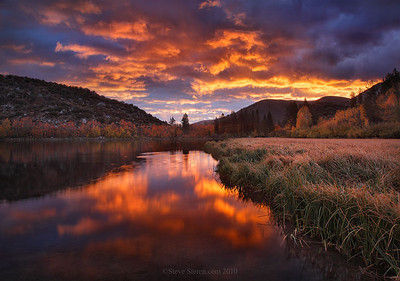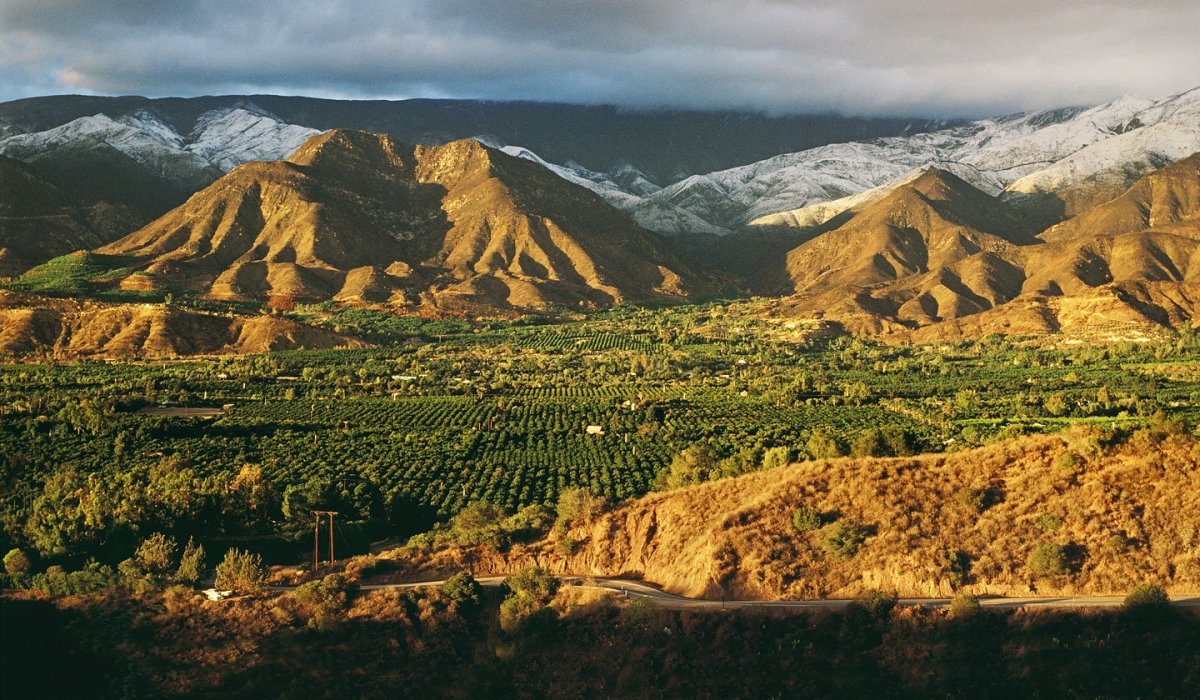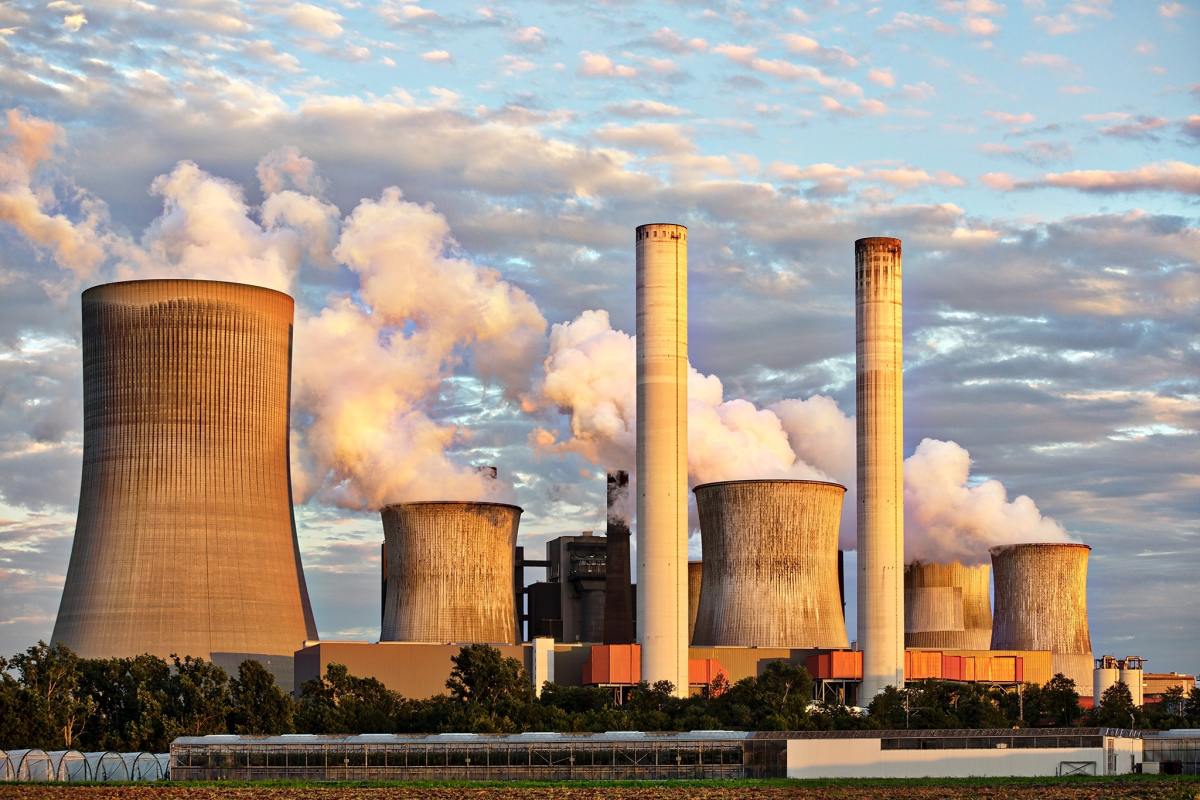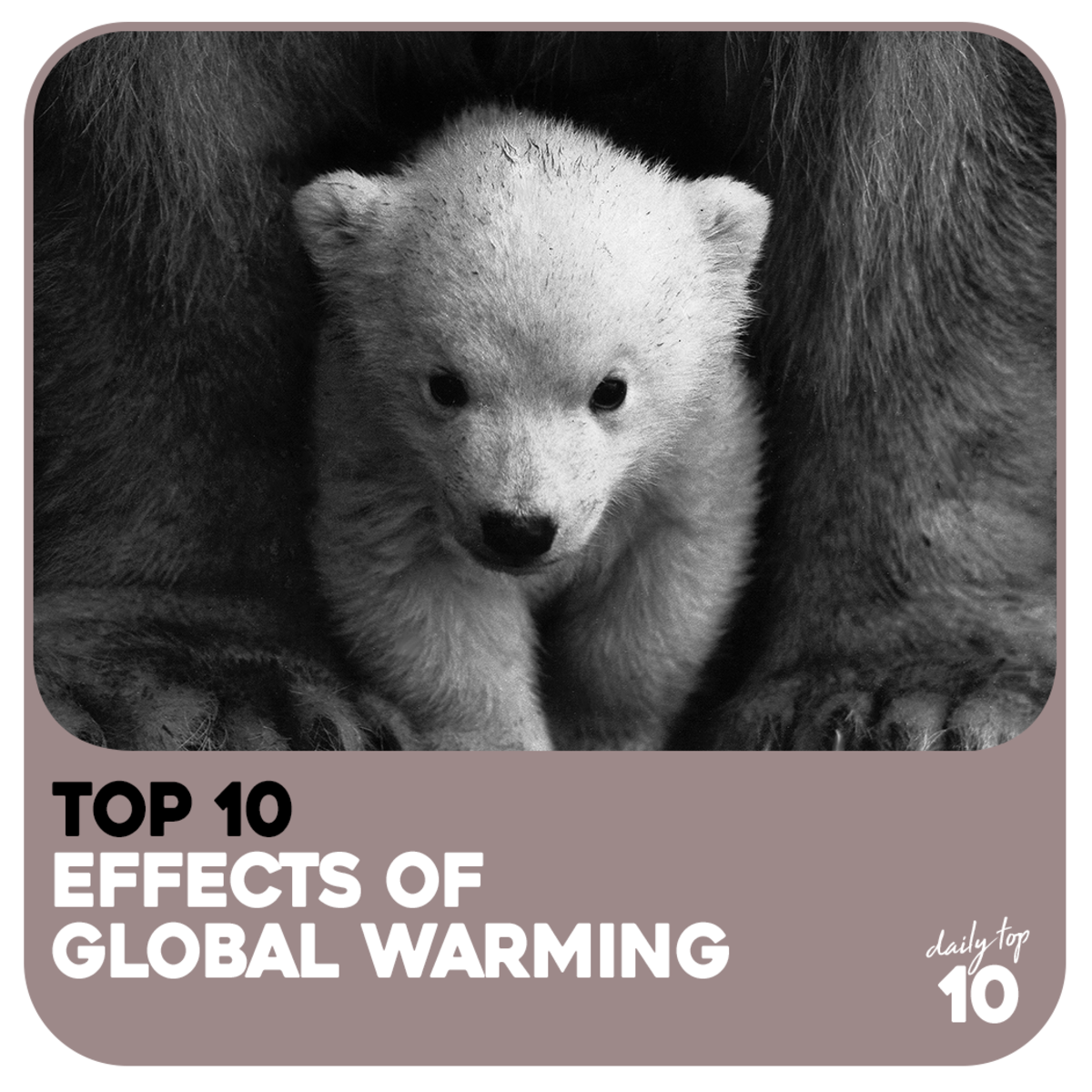Raping paradise: California's water and aqueduct wars in the Owens Valley
The Snow-Capped Sierras

Once This Valley Was a Paradise
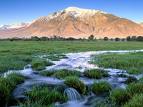
The Place
I live in the small town of Bishop, California, which sits in Inyo County-gracefully nestled in the Owens Valley. The Valley hugs the Eastern border of California for approximately 75 miles, running South to North. This photo provides a common sight from most areas nearby along Highway 395 which travels the length of this state. This highway runs 1305 miles from the Mojave Desert to the Canadian border.
It is possible to see Mount Tom to the West in the Sierras, to the East, the White Mountains. A paradise, it would seem. Once rich farmland and the playground for numerous waterfowl and other creatures, this Valley once knew many wheat crops and fruit orchards; it was the primary beneficiary of the annual melting of the snow pack from the Sierras. Yet the Owens Valley is no longer a haven for the farmer or the fowl; it has suffered primarily due an ongoing battle with the city of Los Angeles over one unquestionably precious resource-water.
Frederick Eaton, Los Angeles' First Mayor
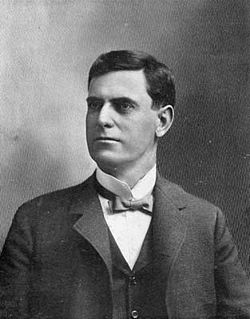
William Mullholland
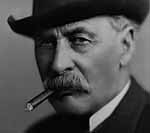
One Side of the Story
When Frederick Eaton (b: 1856, d: 1934) became the mayor of Los Angeles in 1898, he chose his good friend and engineering genius, William Mullholland (b: 1855, d: 1935), to head the newly formed Los Angeles Department of Water and Power after Mullholland had served a brief stint as a ditch digger. By 1905, Los Angeles had grown into a relatively small town of 9,000 souls, yet still a community with extraordinary promise. However, Eaton and Mullholland realized that the city's growth potential was sorely limited by its supposed lack of fresh water. Roughly 250 miles to the Northeast lay their controversial solution.
The runoff from the Sierra Nevadas is naturally brought down the mountains by numerous rivers-the mightiest, at the time, the Owens River. At a lengthy 62 miles, the river irrigated the Owens Valley quite handily. What Mullholland conceived of as superintendent of the L.A.D.W.P was a plan to use gravity-fed aqueducts to divert water to Los Angeles. The San Fernando Valley investors were in fact the first recipients of this diversion, and what had once been termed the "Switzerland of California" effectively became a desert by the year 1924.
Photo of Topographical Map of Owens Valley
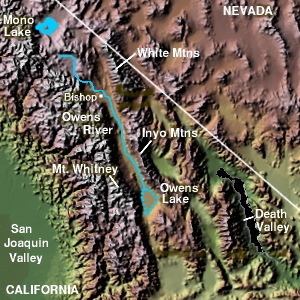
A Map of Our Area
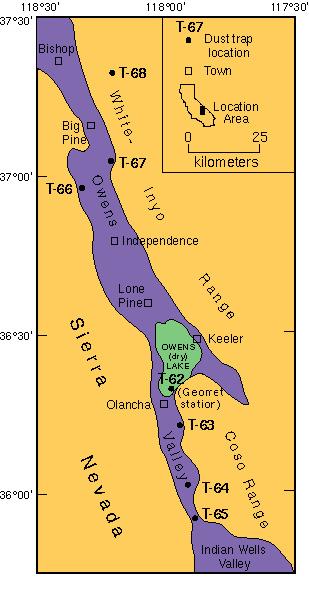
The California Water Wars: 1905-?
Through bribery, shady dealings, and out and out lies, the heavy-handed leaders of Los Angeles at the turn of the century began as early as 1905 to purchase land and water rights in the Owens Valley, convincing the residents that water would not be used for irrigation, only for domestic purposes.
Mullholland was furthermore successful at convincing the populace of Los Angeles that it was facing a water crisis, when in fact, there was no imminent emergency whatsoever. Even as the metropolis began to swell, no water woes were in sight.
Building of the Aqueduct
A 233 mile long behemoth, the Los Angeles aqueduct was begun in 1905, and construction was completed in 1913-supervised and envisioned by Mullholland himself. His foresight and extraordinary talents cannot be overlooked, for the aqueduct was indeed an engineering feat of enormous proportions. Mullholland was certainly not a novice in diverting and the redirection of water, he oversaw his first pipeline in 1880, and was instrumental in the construction of the Panama Canal, the Hoover Dam and the Colorado River Aqueduct at various times during his engineering career. The LA aqueduct in particular was unique, however, in that:
"It consisted of 223 miles of 12 foot diameter steel pipe, 120 miles of railroad track, two hydroelectric plants, 170 miles of power lines, 240 miles of telephone line, a cement plant, and 500 miles of road."
In other words, the operation and building of this aqueduct was a massive undertaking, employing a formidable 5,000 workers to finish the project in only eight years. At the ceremony which accompanied the opening of the conduit on November 5th, 1913, Mullholland uttered the infamous phrase, "There it is. Take it."
Will L.A. Obey the Court Order?
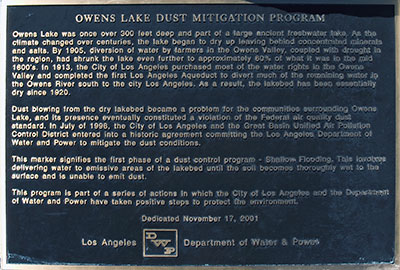
Dynamite as Expression, not Solution
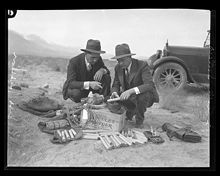
The Response
At the beginning of the construction of the L.A. Aqueduct, however, the residents of the Owens Valley were expecting great economic growth and improved farming conditions due to a new enterprise by the name of the Owens Valley Irrigation Project. This project was one of the plans of the infant Bureau of Reclamation Service, which intended to provide the Valley with the necessary diversions in order for farmers and ranchers to thrive. Frederick Eaton, still heavily involved in the vision of the Aqueduct, was successful in blocking the project. Eaton was cunning at misleading Theodore Roosevelt as well as the residents of the Valley through the aforementioned shady dealings. This was certainly another victory for Los Angeles, and was accomplished via land and water rights purchases.
Historically, this was the last straw for the residents of the Owens Valley. While many had been gainfully employed in the construction of the Aqueduct, by 1924, it was brutally evident that the Owens Valley was damaged almost beyond repair. In May of that year, residents planted dynamite at a critical part of the system, and in November, 70 armed men shut off the water flow at a gate in the aqueduct. The next day, 700 more individuals joined them in demonstration. Los Angeles bigwigs were up in arms, but the local sheriff was sympathetic, the Governor of California at the time refused to take action, and even the L.A.Times reported that the people involved in the uprising were "...honest, earnest hardworking American citizens who look upon Los Angeles as an Octopus about to strangle out their lives."
After the Owens Valley had been virtually drained of water, William Mullholland had this to say regarding the violence his vision had inspired:
"[He] half regretted the demise of so many of the valley's orchard trees, because now there were no longer enough trees to hang all the troublemakers who live there."
Here is a further look into the ongoing water wars
- Amazon.com: A Bright and Guilty Place: Murder, Corruption, and L.A.'s Scandalous Coming of A
Amazon.com: A Bright and Guilty Place: Murder, Corruption, and L.A.'s Scandalous Coming of Age (9780385509701): Richard Rayner: Books
Mullholland Himself Damaged Beyond Repair
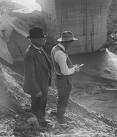
The End of an Era
By 1928, agriculture had become a thing of the past in the Owens Valley; Los Angeles owned 90% of the water and real estate. This has barely changed over the years, and the L.A.D.W.P continues to maintain strict control over much of the growth in the area to protect its resources. One reporter at the local paper,The Inyo Register, has termed this Valley "...Mayberry..." due to it's unchanging nature, dry though it may be.
Unfortunately for Mr. Mullholland, a project to provide yet another reservoir for Owens Valley water at the St. Francis Dam failed within hours of his supervisory approval. The dam was constructed just 45 miles from Los Angeles, northeast of the city in the Santa Clarita Valley. At around midnight on March 12, 1928, in what is deemed the worst civil engineering disaster of the 20th Century, the central and most critical part of the dam gave way, and 12,500,000,000 gallons of water poured into the Santa Clarita Valley. This enormous amount of water weighed 52 million tons and within seconds, covered the Valley, leaving the city of Santa Paula buried under 20 feet of mud. As the water, mud and debris traveled Westward, parts of Ventura County were similarly left under 70 feet of wreckage. It is estimated that 450-500 people perished in this disaster, and bodies were found as far South as San Diego, floating in the Pacific Ocean.
William Mullholland was forced to resign in disgrace from the L.A.D.W.P. following this event, however he was not found responsible for the disaster. He died in 1935.
The Owens Valley Today
To the south of Bishop, near Lone Pine, Ca., one can see what remains of the Owens Lake. Today it is called the Owens Valley Dry Lake:
http://geochange.er.usgs.gov/sw/impacts/geology/owens/,
an alkali flat which is considered to be the largest source of toxic dust pollution in the nation. Though the L.A.D.W.P. has been court ordered to begin its restoration, it is extremely slow going and a source of ongoing resentment from the residents, understandably. Beginning in 2006, water was once again flowing from the Lower Owens River into the Lake, allowing fish, ducks, and geese to return, yet it will perhaps be generations before what was will be again.
View of the Eastern Sierra Nevada Range
